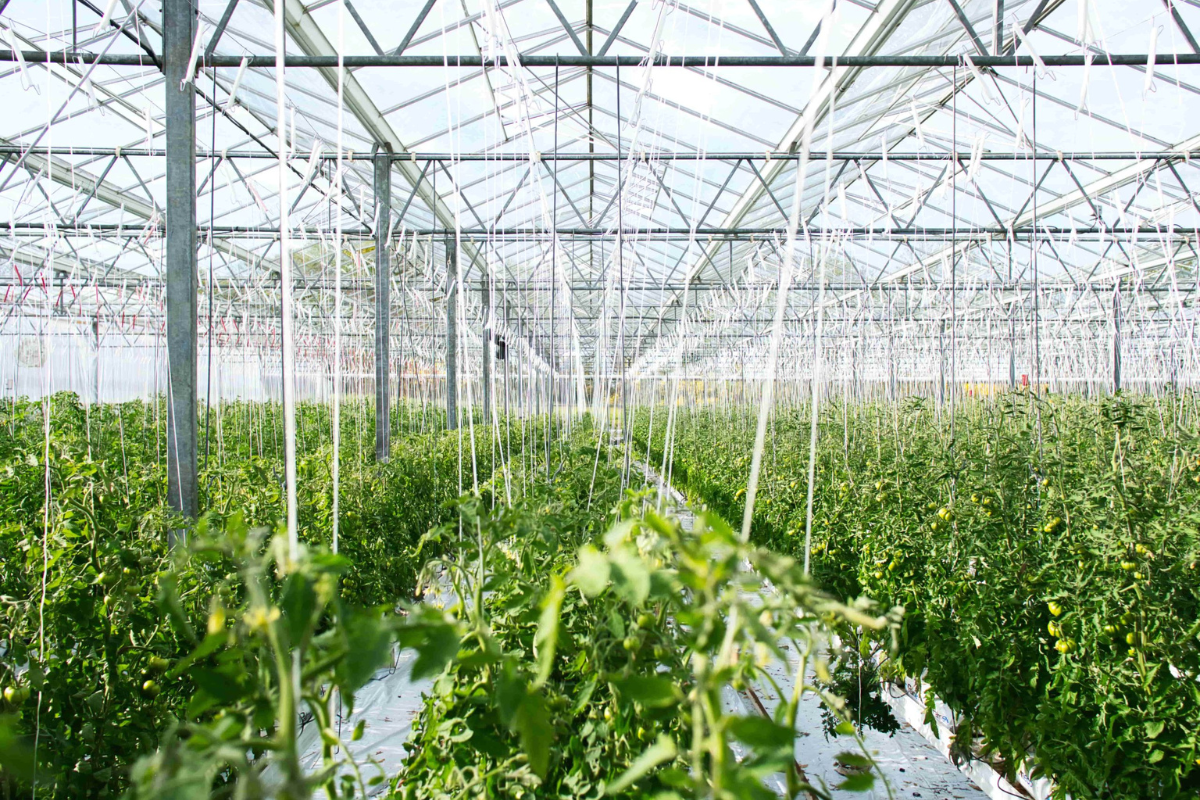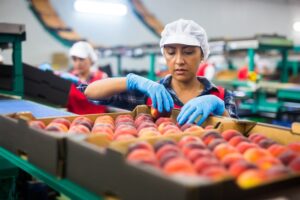The global food system is undergoing a profound transformation, driven by revolutionary innovations in agriculture and culinary science. These innovations are reshaping the way we produce, consume, and experience food, offering promising solutions to pressing challenges such as population growth, climate change, and food security. In this article, we will explore three key areas that are at the forefront of this revolution: vertical farming and urban agriculture, genetic engineering and precision agriculture, and cultured meat and alternative protein sources. Join us as we delve into the exciting possibilities that lie ahead in the future of food.
Main Point 1: Vertical Farming and Urban Agriculture
Vertical farming and urban agriculture represent a paradigm shift in the way we grow our food. By utilizing innovative techniques such as hydroponics and aeroponics, vertical farms can produce crops in vertically stacked layers, maximizing space and increasing yields. Moreover, these controlled environments allow for year-round production, unaffected by seasonal variations and adverse weather conditions.
The advantages of vertical farming go beyond increased productivity. By growing crops indoors, water usage can be significantly reduced compared to traditional agriculture methods. Additionally, vertical farms can be located in urban areas, bringing food production closer to consumers and reducing the carbon footprint associated with transportation. From skyscraper farms in Singapore to repurposed warehouses in the United States, numerous successful examples showcase the potential of vertical farming to revolutionize urban food systems.
Main Point 2: Genetic Engineering and Precision Agriculture
Genetic engineering has emerged as a powerful tool in the quest to enhance crop traits and improve agricultural productivity. By modifying the genetic makeup of plants, scientists can develop varieties that exhibit resistance to pests, diseases, and adverse environmental conditions. These genetically modified organisms (GMOs) have the potential to increase yields, reduce pesticide usage, and enhance the nutritional content of crops.
While the benefits of GMOs are significant, it is essential to address concerns regarding their safety and potential environmental impacts. Rigorous testing and regulation are crucial to ensure the responsible development and deployment of GMOs in agriculture. In parallel, precision agriculture techniques, such as satellite imaging, drones, and sensor technologies, enable farmers to optimize the use of resources such as water, fertilizers, and pesticides. This targeted approach minimizes waste and reduces the environmental footprint of agricultural practices, fostering sustainability and resilience in the food system.
Main Point 3: Cultured Meat and Alternative Protein Sources
As the demand for meat continues to rise, so do the environmental challenges associated with conventional livestock production. In response, cultured meat has emerged as a revolutionary alternative. Cultured meat is produced by culturing animal cells in a laboratory setting, eliminating the need for traditional animal farming. This innovation has the potential to address concerns related to animal welfare, land use, and greenhouse gas emissions. While still in its early stages, companies are making significant strides towards scaling up production and reducing costs, making cultured meat a viable option for the future.
Additionally, alternative protein sources such as plant-based proteins and insect-based foods are gaining traction. Plant-based proteins offer a sustainable and ethical alternative to animal-derived proteins, with advancements in taste and texture making them more appealing to consumers. Insect-based foods, long consumed in certain cultures, are being explored for their nutritional value, efficiency in resource utilization, and low environmental impact. Embracing these alternative protein sources can diversify our diets and contribute to a more sustainable and resilient food system.
Takeaway
The future of food holds immense promise, thanks to revolutionary innovations in agriculture and culinary science. Vertical farming and urban agriculture, genetic engineering and precision agriculture, and cultured meat and alternative protein sources are reshaping the way we produce and consume food. These advancements offer solutions to some of the most pressing challenges we face, including population growth, climate change, and food security.
As professionals, researchers, policymakers, and environmentally conscious consumers, it is crucial to stay informed about these developments and actively contribute to their progress. By embracing these innovations, we can collectively build a sustainable and resilient future of food, where nutritious and delicious meals are accessible to all while safeguarding the health of our planet. Let us eagerly embrace the exciting possibilities that lie ahead and work together to shape the future of food for generations to come.




